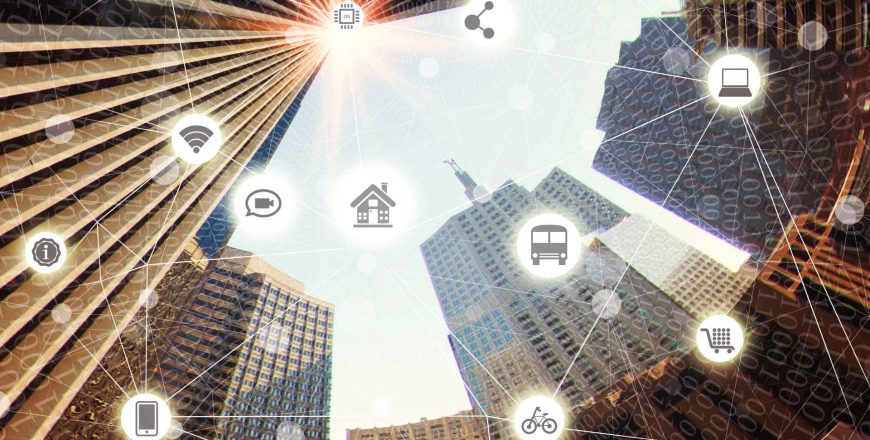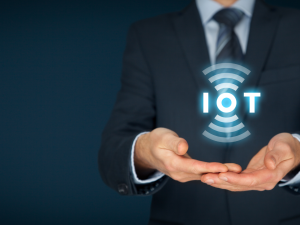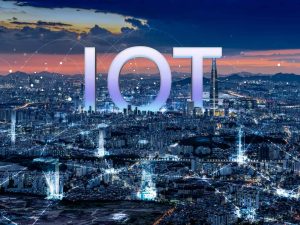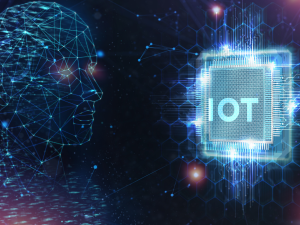Understanding IoT Fundamentals and IoT Applications

Course Overview
The Internet of Things (IoT) is one of the most transformative technologies of our time, and it’s changing the way we live, work, and interact with the world around us.
The course will start with the basics, covering basic IoT terms and definitions, followed by a discussion of traditional and modern software architecture to provide participants with a deeper insight into how IoT systems work. It will also discuss the latest trends and technologies in the field, exploring the IoT development status and what the future holds for this exciting technology.
Participants will also learn about the IoT connection management platform, explore the challenges and opportunities in an IoT business to learn how to navigate this exciting and rapidly-evolving field.
Target Audience
- Individuals who are interested in pursuing a career in technology or IoT-related fields
- Professionals and business owners who wish to understand the basics of IoT and how it can be applied to their business
- Professionals who want to enhance their knowledge of IoT and stay up-to-date with the latest trends and technologies
- Anyone who is curious about IoT and wants to explore this exciting field
Duration & Training Format
- Classroom: 3 days
- LIVE Virtual: 21 hours
*Note:
- A minimum of 8 or more participants is required for a Classroom session to commence.
- A minimum of 6 or more participants is required for a LIVE Virtual session to commence.
- LIVE Virtual courses can be conducted for 5 hours or 7 hours daily. Please note that the number of training days will be extended if you opt for 5 hours daily.
Upcoming Course Dates
7 – 9 Jul 2025 (Mon – Wed), GMT +8
If you are keen on attending the above scheduled course, please register your interest via our course enquiry form.
Course Objectives
At the end of the course, participants will be able to:
- Understand the evolutions that are taking shape in the world, particularly towards digitalization and beyond, and how they relate to IoT
- Describe the essentials of IoT, including its definition, applications, and benefits
- Explain the different components and architecture of IoT systems
- Identify and address issues related to security and privacy in applying IoT
- Recognize and manage uncertainties concerning IoT
Course Outline
- AI of Things
- Neural networking
- Fusion Logics
- ANN
- CNN
- Chat GPT
- BERT
- GPT-4
- Supervised learning
- IoT Architecture – Software
- Ladder diagram
- SCADA
- BMS
- HMI
- UI/UX
- Machine learning
- loT Communications and Network Protocols
- Bluetooth 4.0
- Lorawan
- NB-IOT
- Lonworks
- MQQT
- RFID
- NFC
- 5G
- IoT Computing Paradigm – Industrial Automation
- Product Flow Monitoring
- Factory Digitization
- Inventory Management
- Safety and Security
- Logistics and Supply Chain
- Quality Control
- Attendance and Productivity
- Mobile/Cellular IoT Connection
- Smart Home
- Smart Work
- Cloud Computing
- SaaS, BaaS, IaaS, PaaS
- loT Services and Applications
- Smart City
- Smart Facility
- Smart Banking
- Smart Agriculture
- Smart Transportation
- IoT in Hospitality
- IoT in Sports
- IoT in Water
- IoT in Wastewater Treatment Plant
- IoT in Education
- IoT in Oil and Gas Industry
- Smart Community
- IoT in Business Solution
- Security, Privacy, and Authentication
- Cyber Security
- Government Policy
- Network Governance
- Strategic Benchmarking used in the Telco Industry
- Sensors
- Gateways
- Sensors to Gateways
- Data Ingestion
- Information Processing
- Insights
- Benefits of IoT for Industries
- Cost Savings
- Centralized Monitoring
- Resource Pool
- Value Added Information
- Case Study
- Creative Mind – New Solution Identification
Note: A Certificate of Completion will only be issued upon achieving at least 75% attendance for the course.
Be the first to add a review.
Related Courses
Upcoming Classes
You cannot copy content of this page



